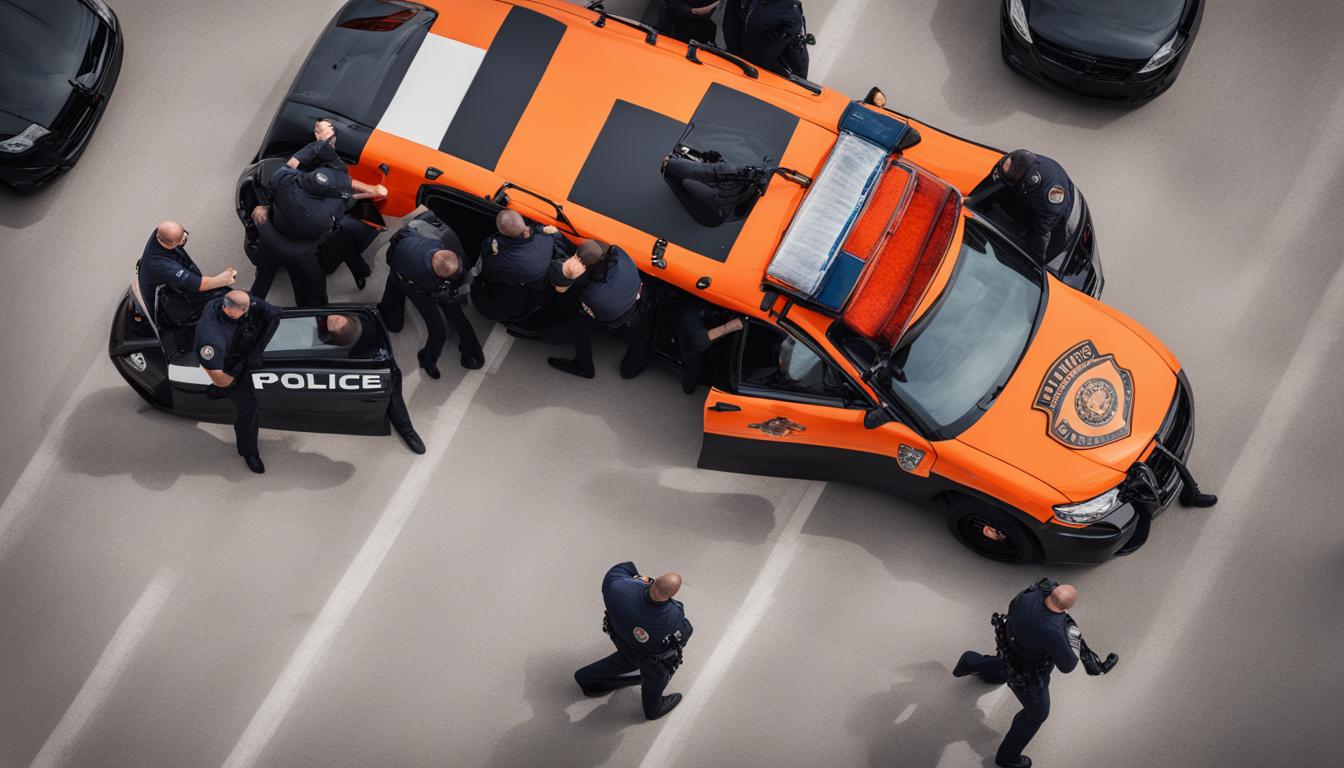For decades, multiple United States police departments have been aware of the dangers associated with the prone restraint technique—handcuffing someone while they are facedown—which can be fatal if substantial pressure is applied for an extended period. Research indicates that this method can dangerously restrain breathing if the suspect's weight or the officers' use of force prevents chest expansion. Despite these risks being highlighted as early as 1995 in a federal safety bulletin, discrepancies continue between recommended practices and field implementation.
An investigation by the Associated Press, covering the decade leading up to 2021, documented over 1,000 non-shooting related deaths involving police force, with at least 740 involving prone restraint. Often, even after suspects were handcuffed, officers continued applying force, sometimes resulting in fatalities, especially among individuals already vulnerable due to health conditions or substance use. Examples include cases where restraint lasted significantly longer than the nine minutes documented in the infamous George Floyd incident.
Compliance with safety guidelines varies widely due to the decentralized nature of police training and regulation in the U.S., where state and local agencies set their standards independently of federal recommendations. Some states, like California in 2021, have introduced legislation to curb high-risk restraint tactics, yet such laws are not uniformly enacted or adhered to.
Misinformation about the safety of prone restraint persists, partly fostered by a network of police-aligned legal and medical professionals who provide education contradicting established risks. Such education can result in practices that lead to "positional asphyxia," where restrained individuals cannot breathe due to pressure on their backs.
Notably, cases where incorrect or insufficient training on positional asphyxia continues result in ongoing litigation and substantial settlements, suggesting both a gap in policing education and a systemic underestimation of the risks associated with prone restraints. This ongoing issue underlines the need for uniform standards and effective training to ensure the safety techniques are effectively communicated and implemented.
